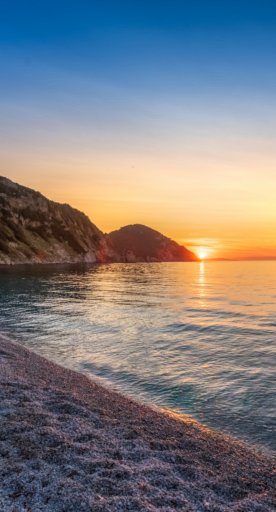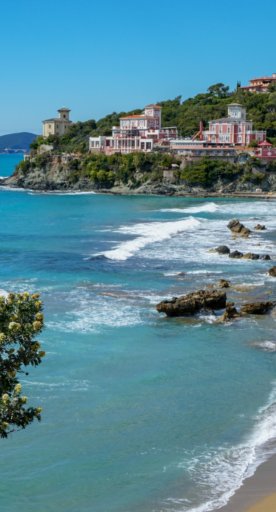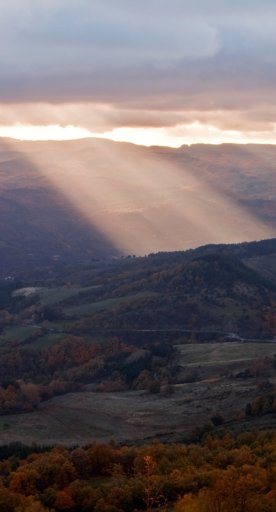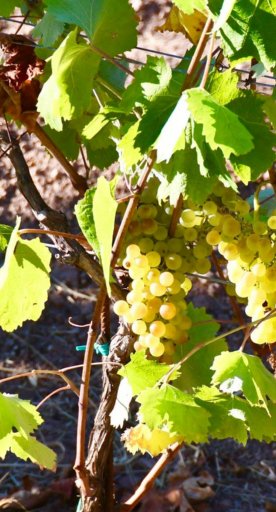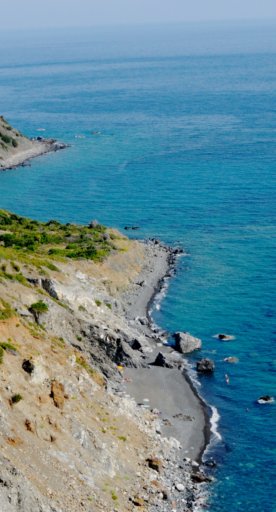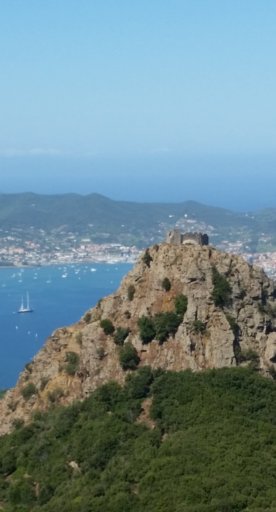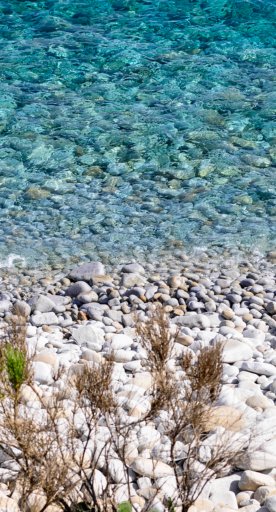

Portoferraio: what to see and do
The capital and main port of the island of Elba inspired mythological tales
With just 12,000 inhabitants, the centuries-old city was known as Porto Argo in mythological narratives. With an incredible history, a protected port and a stunning landscape, Portoferraio has been host to the mythical Argonauts, Etruscans, Romans, and thriving iron and steel industries. The name Portoferraio in fact derives from the plentiful iron deposits on the island, with ferro meaning iron. Today, you can visit an archeological museum which displays remnants of this varied past, relax on an idyllic beach, or climb inside one of the town’s impressive fortresses.
-
1.Riveting History and Archaeological Treasures
-
2.Beaches once host to mythical heroes
-
3.Awe-inspiring Fortresses
Riveting History and Archaeological Treasures
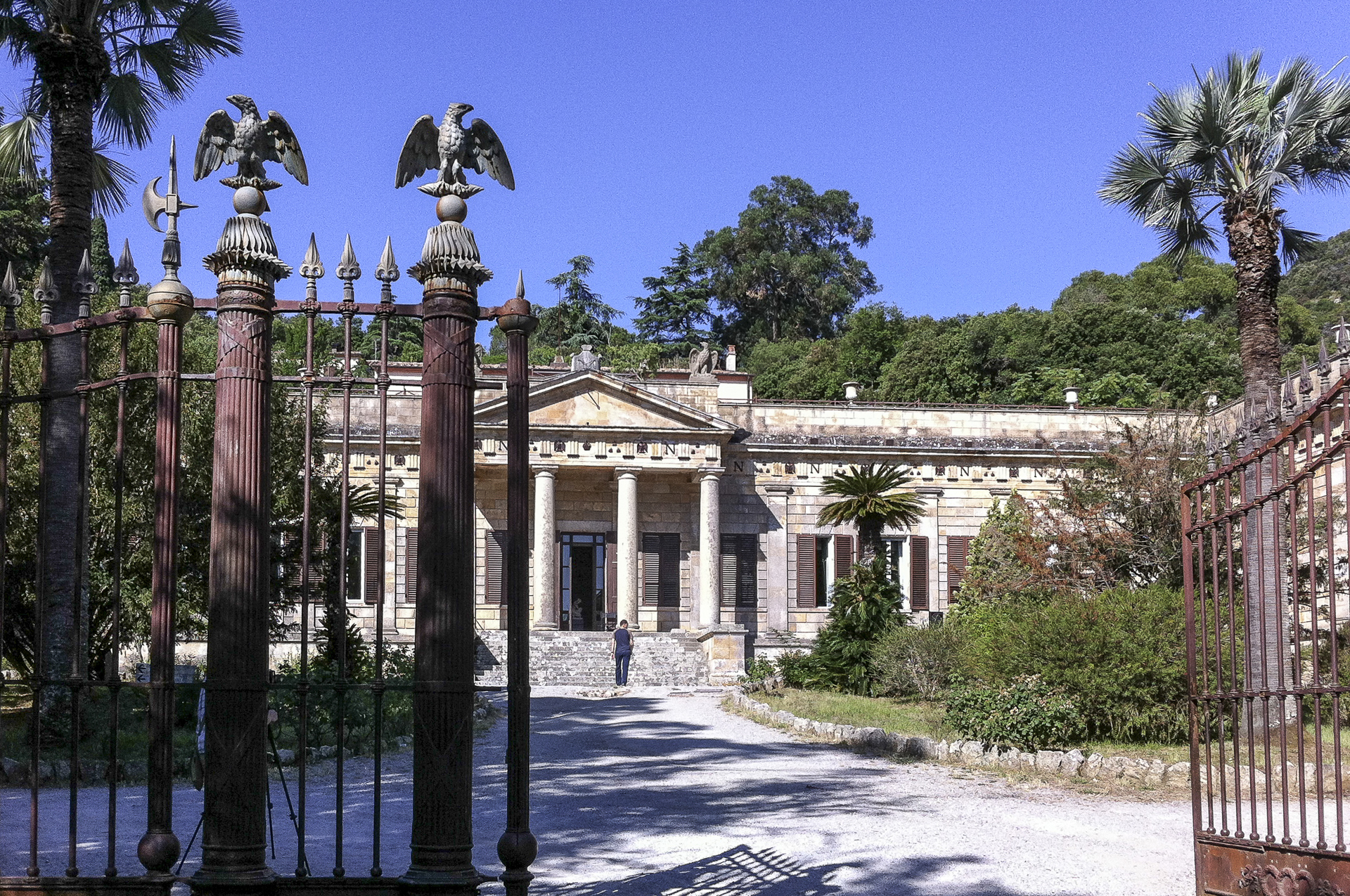

The intriguing Romanesque Church of Santo Stefano alle Trane, the ruins of the Roman villa della Linguella and the Roman villa in Le Grotte detail the Roman influence on the island. Portoferraio then progressed to the creation of the historic centre that was known as Cosmopoli, named by Cosimo I de’ Medici in the 16th century. The narrow, winding streets open into panoramic piazzi where you can wine and dine on the delicious typical dishes. The beautiful Volterraio Castle and the “Ottone” Botanical Garden are also worthy of a visit.
The town’s Napoleonic villas detail another era in Portoferraio’s history. On May 3, 1814, Napoleon Bonaparte landed in Portoferraio to take possession of the small kingdom. He only spent 10 months on the island but he left behind a remarkable cultural and historical wealth which can be visited at National Museum of Napoleonic Residences: Villa San Martino and Villa dei Mulini where fine furnishings and a valuable collection of art illustrate the past of Portoferraio. To explore other aspects of Portoferraio’s history, the archaeological museum is located inside the centuries-old salt warehouse of the Linguella. Artefacts featured were found in the Tuscan Archipelago, dating from the 8th century BCE to the 5th century CE, revealing the long-history of maritime trade in the area.
Beaches once host to mythical heroes

Arriving by boat, the incredibly beautiful coastline rises up to meet you. Portoferraio is home to some of the most stunning beaches in Tuscany. Sandy options include the beaches of Scaglieri and Forno. If you’re looking for a mix of sand and pebbles, check out Bagnaia, Ottone, Le Viste and Le Ghiaie. And there are also gravel alternatives at Magazzini, Capo Bianco and Seccione. Crystal-clear waters and sparkling gem-like colours make this a must for those on the hunt for the perfect beach-holiday.
Not just renowned for their beauty, they are also featured in some of the oldest and best-known mythological tales. Diodoro Siculo (90-20 B.C.) wrote about how the Argonauts were sailing along the Tyrrhenian Sea in their ship the “Argo”. They came to the island of Aethalia (now Elba) and built a port for their ship which they called Porto Argo (now Portoferraio) at the beach we know today as Le Ghiaie. The white pebbles of the beach have darkish marks which are said to have been caused by the falling sweat of the Argonaut’s.
Awe-inspiring Fortresses
The dock with the fortresses towering above it, are an unforgettable sight. The Medici forts of Forte Stella, Forte Falcone and Forte Inglese are a must on your visit to the island. Designed by architect Giovanni Battista Bellucci, the large stronghold was built between 1548 and 1549, in the time of Cosimo I de’ Medici. Three forts are connected by strong walls along which you can stroll and gaze at the glittering sea.






